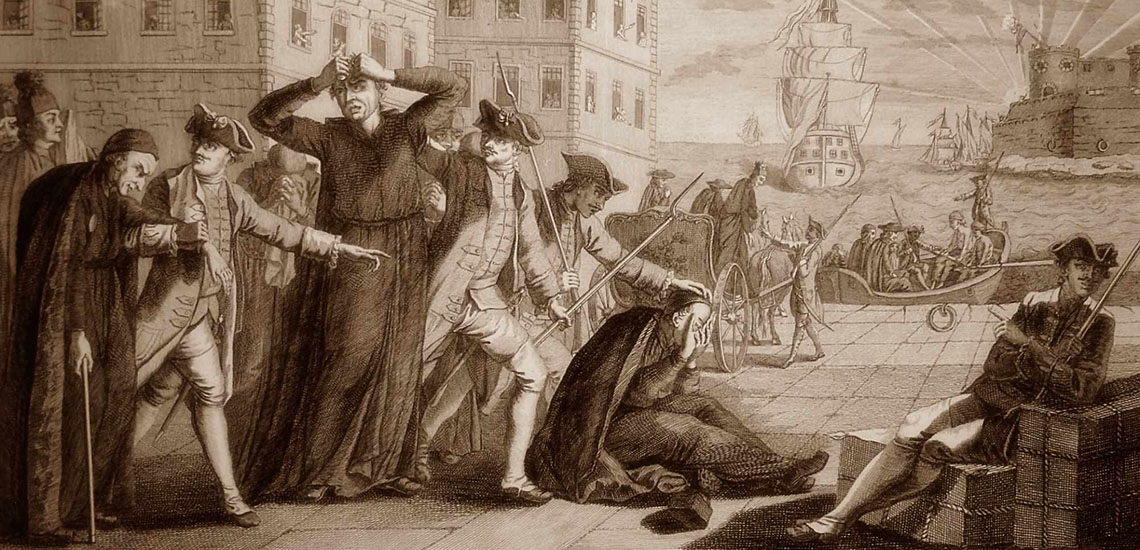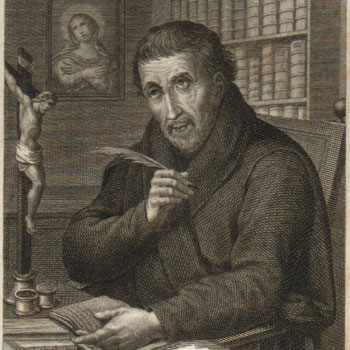Our history
The world is our house
Missionary Work
From the very beginning, the Society served the Church in Europe as well as in Asia, Africa and the Americas. Men like Robert Bellarmine and Peter Canisius spearheaded the Catholic Reformation in Europe.
Courageous missionaries like Francis Xavier, de Nobili, Peter Claver, Roch González, John de Brito, Jean de Brébeuf, and Eusebio Kino brought the Gospel to the ends of the earth.
Education
Very soon after the foundation of the Society, it became clear to Ignatius that schools offered the greatest possible service to the church, by moral and religious instruction, by making devotional life accessible to the young and by teaching the Gospel message of service to others. And so, many schools began to be founded.
Scholarship
Jesuits became deeply involved in scholarship, in science and in exploration. By 1750, Jesuit astronomers ran 30 of the world’s 130 astronomical observatories. Up to 35 lunar craters have been named to honour Jesuit scientists. The so-called "Gregorian" Calendar was the work of the Jesuit Christopher Clavius, the "most influential teacher of the Renaissance".
Another Jesuit, Ferdinand Verbiest, determined the elusive Russo-Chinese border, and until recent times no foreign name was as well known in China as the Jesuit Matteo Ricci, "Li-ma-teu".

The Suppression of the Society
Jesuits were called the schoolmasters of Europe during the 16th, 17th and 18th centuries, not only because of their schools but also for their pre-eminence as scholars, scientists and for the thousands of textbooks they composed. During their first two centuries, the Jesuits were involved in a burst of intellectual activity, and were engaged in over 740 schools.
Then suddenly these were all lost in 1773. Pope Clement XIV, yielding to pressure from the Bourbon courts, issued his brief Dominus ac Redemptor suppressing the Society of Jesus. This religious Society of 23,000 men dedicated to the service of the church was disbanded. The Pope promulgated the brief of suppression in an unusual manner, which caused perplexing canonical difficulties. So when Catherine, Empress of Russia, rejected the brief outright and forbade its promulgation, 200 Jesuits continued to function in Russia.
Restoration of the Society
Pope Pius VII restored the Society in 1814, forty-one years after the Suppression. Although many of the men had died by then, the memory of their educational work had not, and the new Society was flooded with requests to take over new colleges: in France alone, for instance, 86 schools were offered to the Jesuits.
The Society in the last 200 years
Since 1814, the Society has experienced growth and has since then surpassed the apostolic breadth of the early Society in its educational, intellectual, pastoral and missionary endeavours.
The 16,000-plus Jesuits worldwide come from 112 countries and belong to approximately 80 provinces and regions, but the order has a universal character that transcends these boundaries. Indeed, Jesuits are called on to go anywhere across the geographical and cultural frontiers where there is need of working with Christ for the glory of God.
We are united in our diversity and increasingly global in our gaze.
“The world is our house”
said the early Jesuit Jerome Nadal. He was referring, on one level, to the world outside of churches and monasteries, but also to the multitudes of God’s people and the expanse of human cultures. As Jesuit leaders explained at their General Congregation in 2008,
The entire world becomes the object of our interest and concern.
